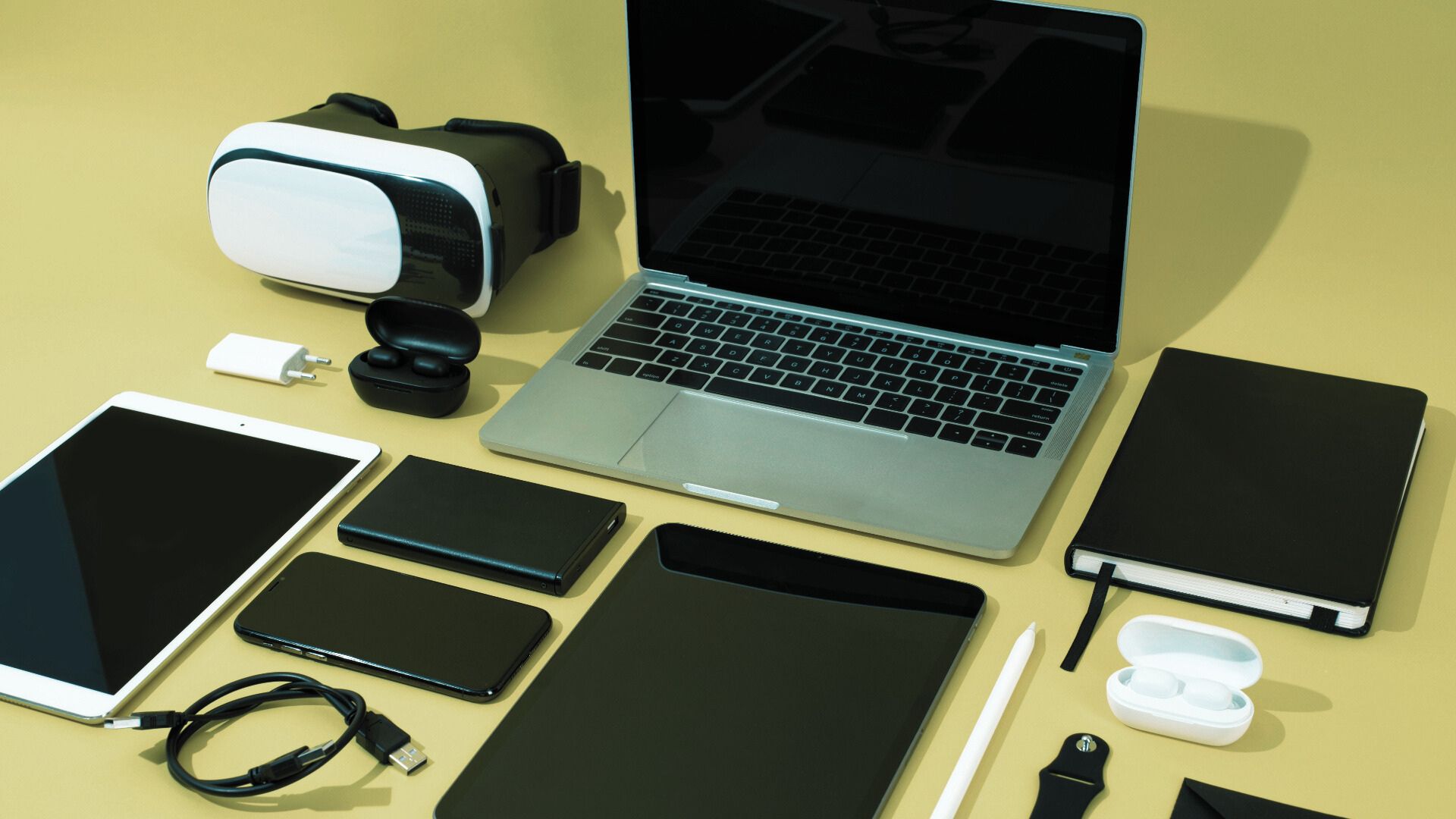RADIC Handbook - 6. Technologies

In today's rapidly evolving world, technology plays a crucial role in driving progress and change, particularly in East/Sub-Saharan Africa. Among the many technological advancements shaping the region, Digital Rehabilitation technology stands out as a cornerstone of innovation and disruption. Its influence extends across various sectors, reshaping healthcare delivery, redefining rehabilitation practices, and enhancing accessibility to rehabilitation services. In this chapter, we delve into the realm of Digital Rehabilitation technology, exploring its transformative power and ubiquitous presence and exploring its application in rehabilitation globally and in Sub-Saharan Africa.
The aim of this chapter is to explain the following topics:
After you have gone through the content of chapter 6, you can carry out exercises to deepen the content:
Exercise
Exercise 1.
Mention three technologies used in Digital Rehabilitation.
Exercise 2.
What technology involves the use of video game interfaces for therapeutic purposes in Digital Rehabilitation?
- Augmented Reality
- Virtual reality
- Artificial Intelligence
- Internet of Things
Exercise 3.
In Digital Rehabilitation, what is the purpose of using wearable sensors?
- To monitor heart rate only
- To track movement and progress
- To measure blood pressure
- To provide virtual coaching
Exercise 4.
How does telemedicine contribute to Digital Rehabilitation?
Exercise 5.
What is artificial intelligence and how will you distinguish it with machine learning system?
Answers
- Exercise 1. Virtual reality, robotics, wearable sensors
- Exercise 2. Virtual reality
- Exercise 3. To track movement and progress
- Exercise 4. Enabling remote consultations and monitoring of the patients through telemedicine platforms. In these platforms healthcare practitioners can conduct virtual appointments with patients, treatment plans from a distance, real-time assessments and assess patient progress from distance. Telemedicine reduces the patient travels, making rehabilitation more convenient and cost-effective to the patient. (students can add more explanation about telemedicine to rehabilitation)
- Exercise 5. Artificial Intelligence (AI) refers to the development of computer systems that can perform task a that typically require human-like intelligence. These tasks including learning, reasoning, problem-solving, perception, language understanding, and decision-making. On the other hand, Machine Learning (ML) is a subset of AI that focuses on the development of algorithms and statistical models that enable computers to learn from and make predictions or decisions based on data. This means that ML algorithms allow computers to learn patterns and insights from data without being explicitly programmed for each task.
Summary
- The word technology can be defined in five different senses. Overall, the word technology refers to methods, systems, and devices, which are the result of scientific knowledge being used for practical purposes.
- There are many types of technologies. In the context of rehabilitation we distinguish between two different categories: medical and information and communication technology (ICT).
- Medical technology is defined as the application of scientific principles to develop solutions to health problems, to prevent or delay the onset of disease and to promote general human health.
- Information and communication technology (ICT), covers all technical means used to handle information and aid communication including computer and network hardware, as well as their software.
- Globally, mobile applications, text messaging, sensors, gamification, virtual reality, augmented reality and technologies based on AI or machine learning principles are applied for various rehabilitation purposes.
- In Sub-Saharan Africa mobile applications and text messaging are already widely used for rehabilitation interventions. Relevant stakeholders consider apps, web-based programs, and videoconferencing systems as the most important technologies and virtual/augmented Reality as the less important technologies for rehabilitation in this region.